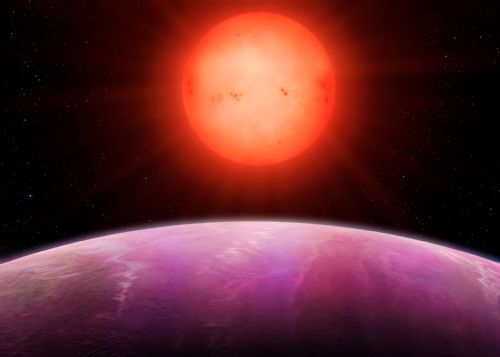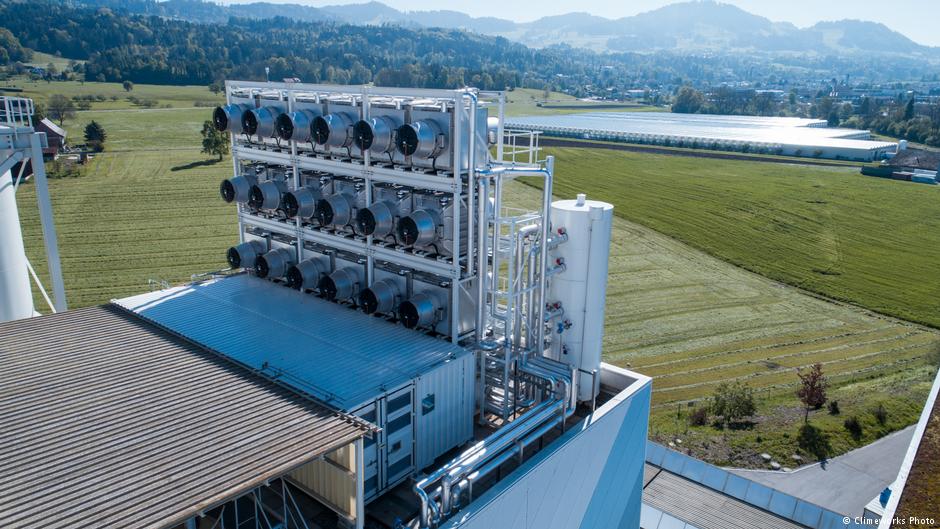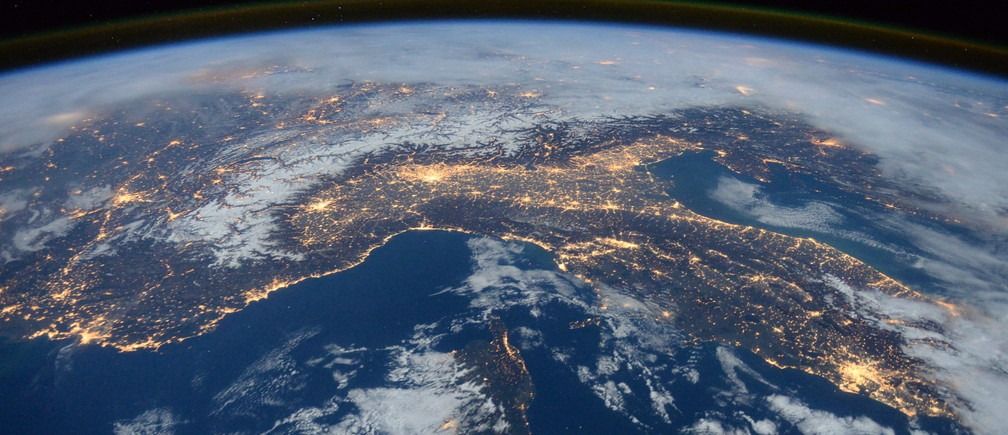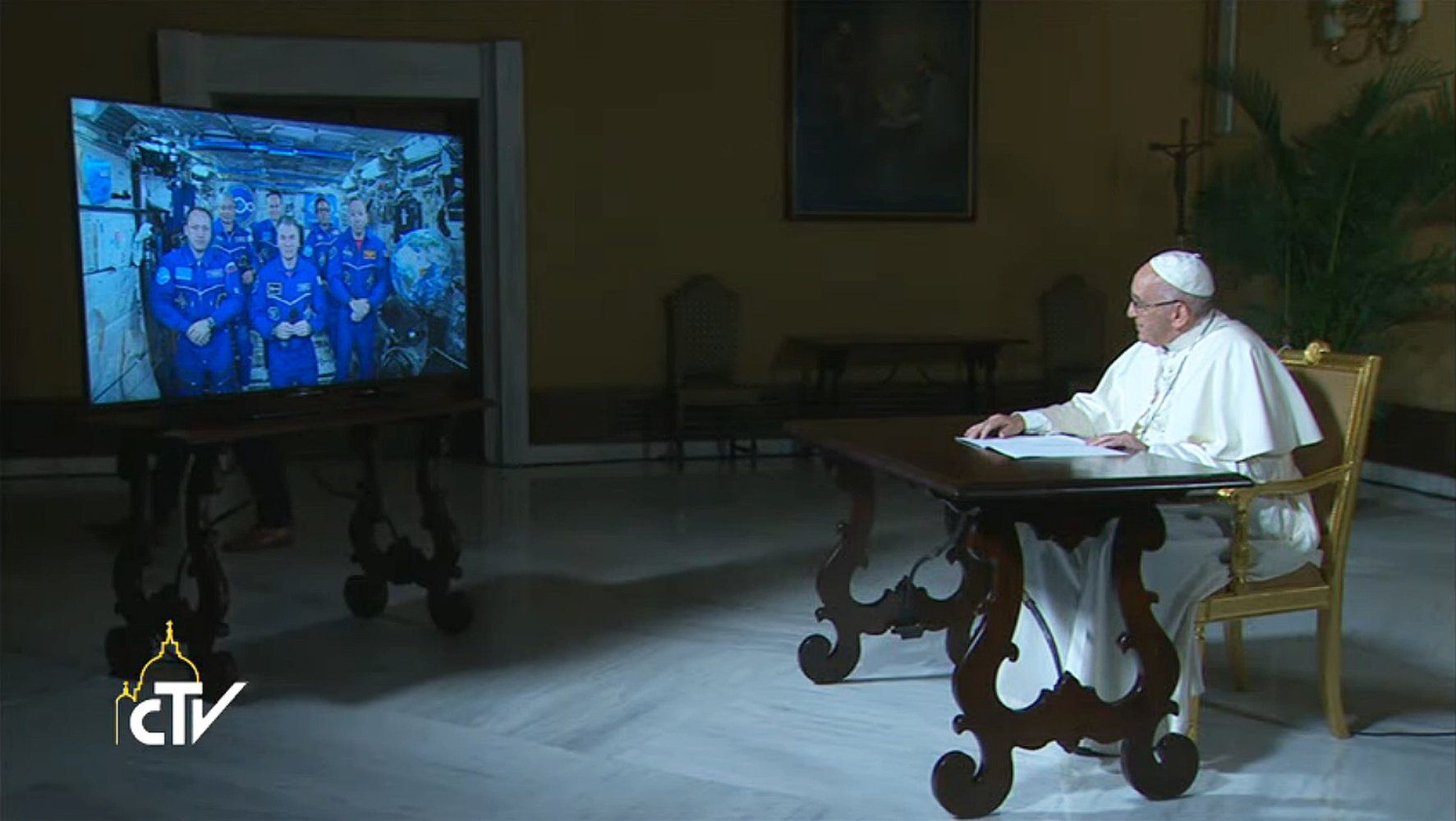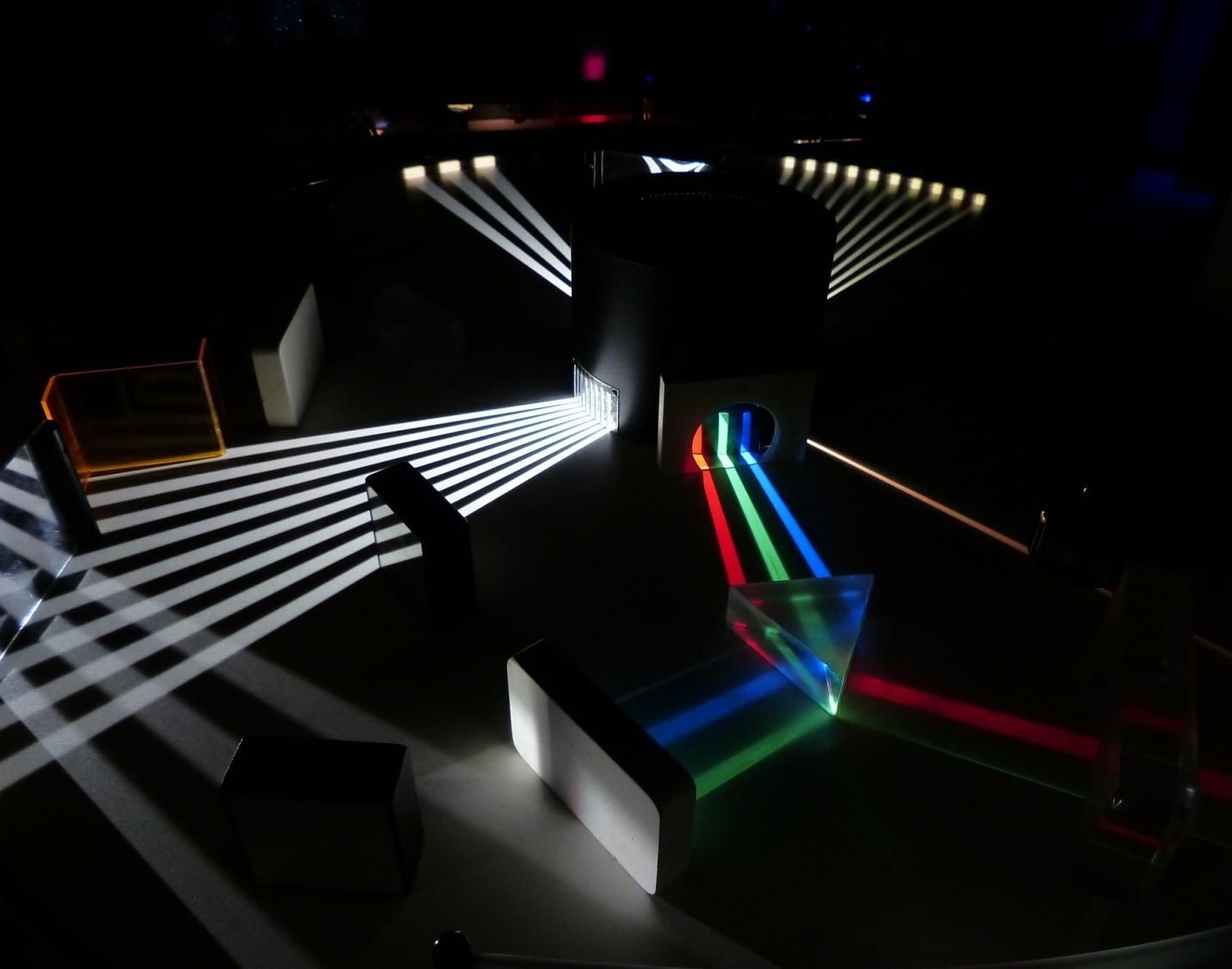Archive for the ‘space’ category: Page 910
Nov 2, 2017
‘Monster’ planet discovery challenges formation theory
Posted by John Gallagher in category: space
A giant planet – the existence of which was previously thought extremely unlikely – has been discovered by an international collaboration of astronomers, with the University of Warwick taking a leading role.
New research, led by Dr Daniel Bayliss and Professor Peter Wheatley from the University of Warwick’s Astronomy and Astrophysics Group, has identified the unusual planet NGTS-1b — the largest planet compared to the size of its companion star ever discovered in the universe.
Continue reading “‘Monster’ planet discovery challenges formation theory” »
Nov 1, 2017
NASA reveals its Mars 2020 rover will have 23 ‘eyes’
Posted by John Gallagher in categories: futurism, space
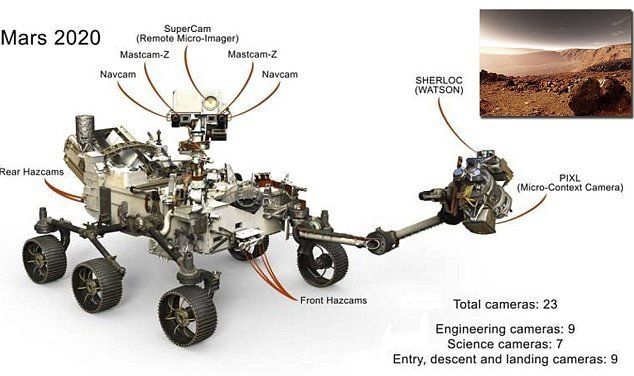
The 23 futuristic cameras are being built by experts at NASA’s Jet Propulsion Laboratory in Pasadena, California ahead of the Mars 2020 mission.
Oct 31, 2017
The carbon catchers of Climeworks
Posted by Dan Kummer in categories: climatology, engineering, environmental, solar power, space, sustainability
I was thinking about this thing, and the one in Iceland. Maybe we could build giant blimps in the atmosphere of Venus, it would carry that machine on its belly, and on the back of the blimp super advanced solar panels. Then inside of the blimp the CO2 could be mixed into liquid crystals or something like that and be dropped like rain down on the surface, to eventually terraform it.
Global Engineering — a phrase that describes steadying the world’s climate with technical solutions. A Swiss company has received EU funding to develop a machine that captures CO2. Can it really make a difference?
Oct 31, 2017
Squishy or Solid? A Neutron Star’s Insides Open to Debate
Posted by Andreas Matt in categories: physics, space
The core of a neutron star is such an extreme environment that physicists can’t agree on what happens inside. But a new space-based experiment — and a few more colliding neutron stars — should reveal whether neutrons themselves break down.
Oct 29, 2017
Dr Aubrey de Grey — Rejuvenating biotech: Why age may soon cease to mean aging
Posted by Montie Adkins in categories: biotech/medical, business, life extension, space
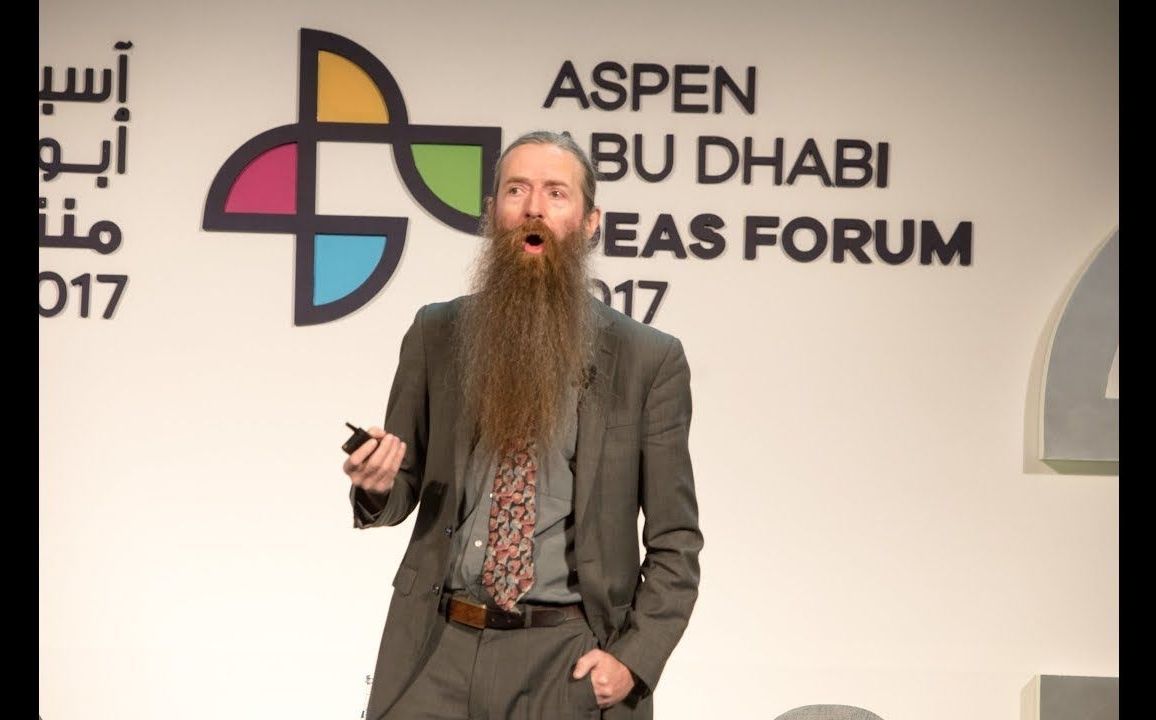
Dr. Aubrey De Grey is a biomedical gerontologist and the Chief Science Officer at SENS Research Foundation, a biomedical charity that funds research dedicated to combating aging. His research interests encompass the characterization of all the accumulating and eventually pathogenic molecular and cellular side-effects of metabolism (“damage”) that constitute mammalian aging, and the design of interventions to repair and/or obviate that damage. In line with his research, De Grey gave a talk at The Aspen Abu Dhabi Ideas Festival focusing on “Rejuvenating Biotechnology: Why age may soon cease to mean aging”.
In March 2017, the Aspen Abu Dhabi Ideas Forum welcomed some of the brightest and most interesting minds from the UAE and around the world to discuss four of the most important moonshot challenges facing our planet. The event was inspired by the world-famous Aspen Ideas Festival that has been taking place in Colorado since 2005, as a place for scientists, artists, politicians, business leaders, historians and educators to discuss some of the most fascinating ideas of our time. The 2017 Aspen Abu Dhabi Ideas Forum topics included: “System Shock: Calming the ‘politics of anger’”, “Beyond GDP: Targeting ‘all-in’ human welfare”, “Health: Extending the healthy human lifespan” and “Space: Living Sustainably beyond Earth”.
Continue reading “Dr Aubrey de Grey — Rejuvenating biotech: Why age may soon cease to mean aging” »
Oct 28, 2017
Meet Penny, an AI tool that can predict wealth from space
Posted by Gerard Bain in categories: robotics/AI, space
Since emerging as a species we have seen the world through only human eyes. Over the last few decades, we have added satellite imagery to that terrestrial viewpoint. Now, with recent advances in Artificial Intelligence (AI), we are not only able to see more from space but to see the world in new ways too.
One example is “Penny”, a new AI platform that from space can predict median income of an area on Earth. It may even help us make cities smarter than is humanly possible. We’re already using machines to make sense of the world as it is; the possibility before us is that machines help us create a world as it should be and have us question the nature of the thinking behind its design.
Penny is a free tool built using high-resolution imagery from DigitalGlobe, income data from the US census, neural network expertise from Carnegie Mellon and intuitive visualizations from Stamen Design. It’s a virtual cityscape (for New York City and St. Louis, so far), where AI has been trained to recognize, with uncanny accuracy, patterns of neighbourhood wealth (trees, parking lots, brownstones and freeways) by correlating census data with satellite imagery.
Continue reading “Meet Penny, an AI tool that can predict wealth from space” »
Oct 27, 2017
Fully automated mining and factories on Earth a precursor of automation for space
Posted by Klaus Baldauf in categories: robotics/AI, space, transportation
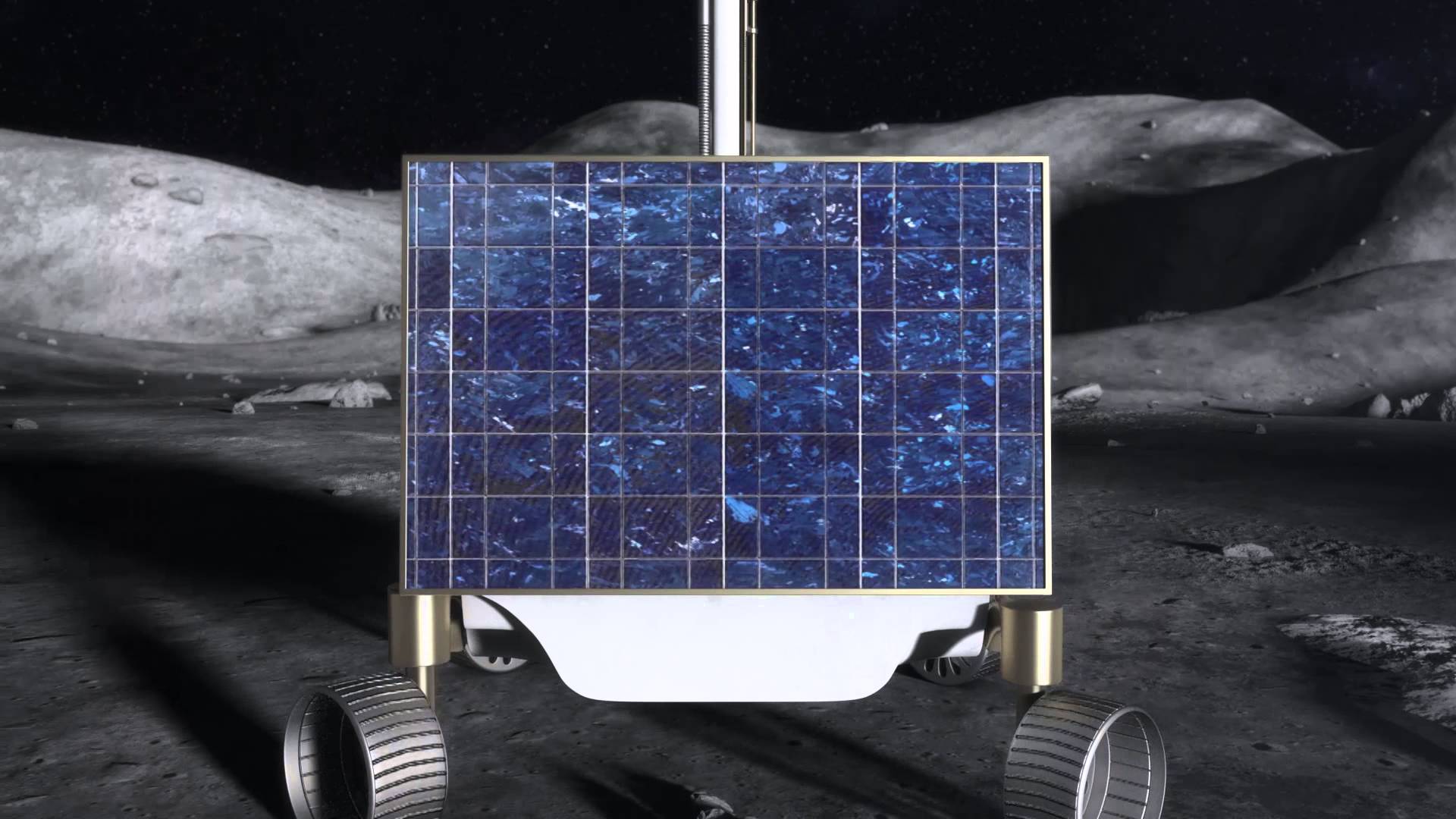
Fully automated mining and factories and advanced robotics on the moon and asteroids could be leveraged for the exponential development of space. Here we review some of the developments of robotics for mining and factories on earth.
Robotic mining
Oct 26, 2017
Hello to the Heavens: Pope Francis Phones the Space Station
Posted by Brett Gallie II in categories: mobile phones, space
Pope Francis made a phone call to the International Space Station today (Oct. 26) to ask its six occupants deep questions about humanity’s place in the universe.
Calling from the Vatican in Rome, Pope Francis spoke with Italian astronaut Paolo Nespoli of the European Space Agency along with three NASA astronauts and two Russian cosmonauts.
“Your little glass palace in totality is greater than the sum of its parts, and this is the example that you give us,” Pope Francis said through a translator. [Space Station Photos: The Expedition 53 Crew in Orbit].
Continue reading “Hello to the Heavens: Pope Francis Phones the Space Station” »
Oct 26, 2017
Reflecting light off satellite backs up Wheeler’s quantum theory thought experiment
Posted by Andreas Matt in categories: particle physics, quantum physics, space
A team of researchers with Università degli Studi di Padova and the Matera Laser Ranging Observatory in Italy has conducted experiments that add credence to John Wheeler’s quantum theory thought experiment. In their paper published on the open access site Science Advances, the group describes their experiment and what they believe it showed.
The nature of light has proven to be one of the more difficult problems facing physicists. Nearly a century ago, experiments showed that light behaved like both a particle and a wave, but subsequent experiments seemed to show that light behaved differently depending on how it was tested, and weirdly, seemed to know how the researchers were testing it, changing its behavior as a result.
Back in the late 1970s, physicist Johan Wheeler tossed around a thought experiment in which he asked what would happen if tests allowed researchers to change parameters after a photon was fired, but before it had reached a sensor for testing—would it somehow alter its behavior mid-course? He also considered the possibilities as light from a distant quasar made its way through space, being lensed by gravity. Was it possible that the light could somehow choose to behave as a wave or a particle depending on what scientists here on Earth did in trying to measure it? In this new effort, the team in Italy set out to demonstrate the ideas that Wheeler had proposed—but instead of measuring light from a quasar, they measured light bounced from a satellite back to Earth.

